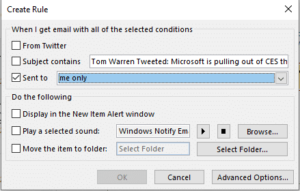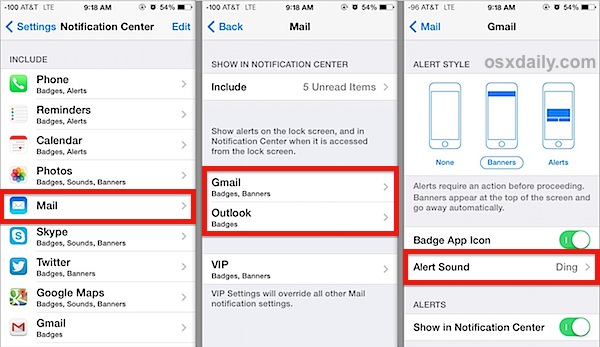

You can also preview effect presets before you load them. Using the preset management features, you can assign various attributes to your effect presets to help you quickly find the right patch. The “.fxp/.fxb” files used in VST 2 have been replaced by VST 3 Presets (extension “.vstpreset”). Nuendo is able to run plug-ins originally developed for different platforms: you can use a 32-bit plug-in under Windows Vista 64 bit, and you can use plug-ins developed for Mac PPC on MacIntel systems.Īs the use of 32-bit plug-ins on 64-bit computers affects the computer performance, these will be marked by an icon in the plug-in menus.įrom a user perspective, the main difference between VST 2 and VST 3 is in the effect preset management. you will still be able to use your previous VST effects and presets. The new VST 3 plug-in standard offers many improvements over the previous VST 2 standard, yet retains full backwards compatibility, i.e. You can apply effects directly to individual audio events – this is described in the chapter “Audio processing and functions” on page 238. In Nuendo, send effects are handled by means of FX channel tracks. Send effects are practical for two reasons: you can control the balance between the dry (direct) and wet (processed) sound individually for each channel using the sends, and several different audio channels can use the same send effect. – for recording with effects and “master effects”, respectively).Įach audio channel has eight effect sends, each of which can be freely routed to an effect (or to a chain of effects). You can have up to eight different insert effects per channel (and the same is true for input and output busses

distortion, filters or other effects that change the tonal or dynamic characteristics of the sound.

This makes inserts suitable for effects for which you don’t need to mix dry and wet sound, e.g.


 0 kommentar(er)
0 kommentar(er)
